Why Are Small Dogs So Aggressive? (Explained)
You might be surprised to know that Chihuahuas are ranked 3rd in the bitey dog category, right below Pitbulls and Rottweilers! Terriers and Cocker Spaniels are also in the top 10 list of dogs most likely to bite.
Aggression in dogs is one of the top reasons why dogs end up in shelters. It is also one of the primary reasons that homeless dogs are deemed unsuitable for adoption and put to sleep in animal shelters.
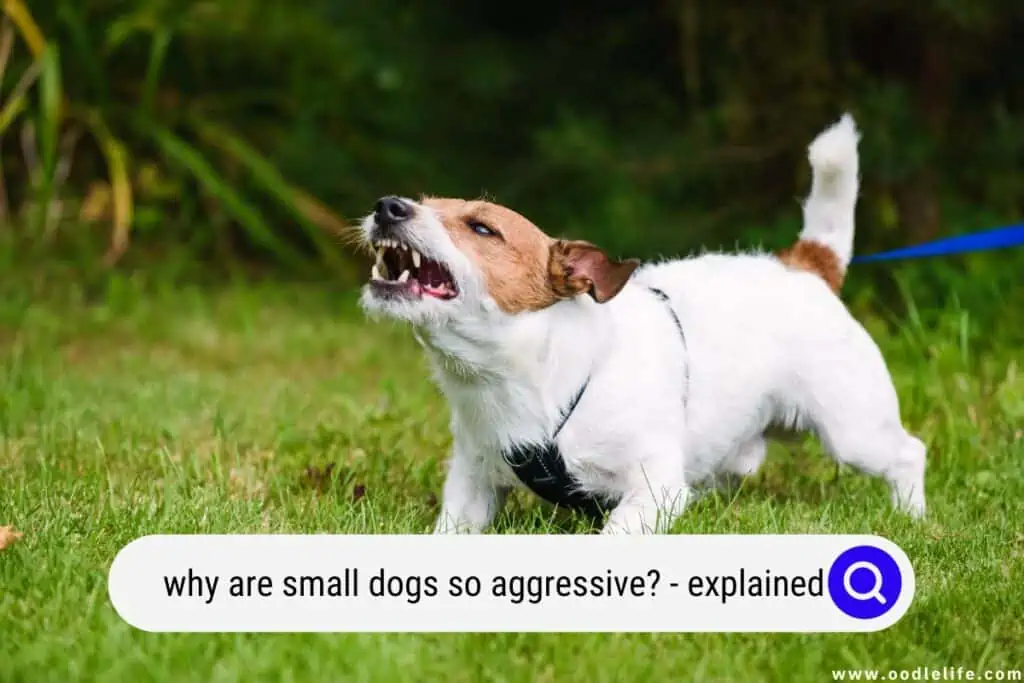
You probably already know this, but if you’re the proud owner of a small dog, you already know that even the tiniest dogs can have tremendous personalities.
There is a plethora of proof available in the form of memes, YouTube videos, and other anecdotes that demonstrate how small dogs can dominate larger dogs, cats, and even people.
Even though this can be quite entertaining to watch on the internet, tiny dog aggression can result in serious issues for both the dogs and their owners.
In this blog post, we’ll look at the different types of aggression, the reasons behind them, and what you can do about it to help your little dog settle down.
Types of Aggression
Aggression need not even be aimed at a specific individual. Some canines exhibit aggressive behavior toward humans, other animals, or inanimate objects like wheels on vehicles or yard equipment.
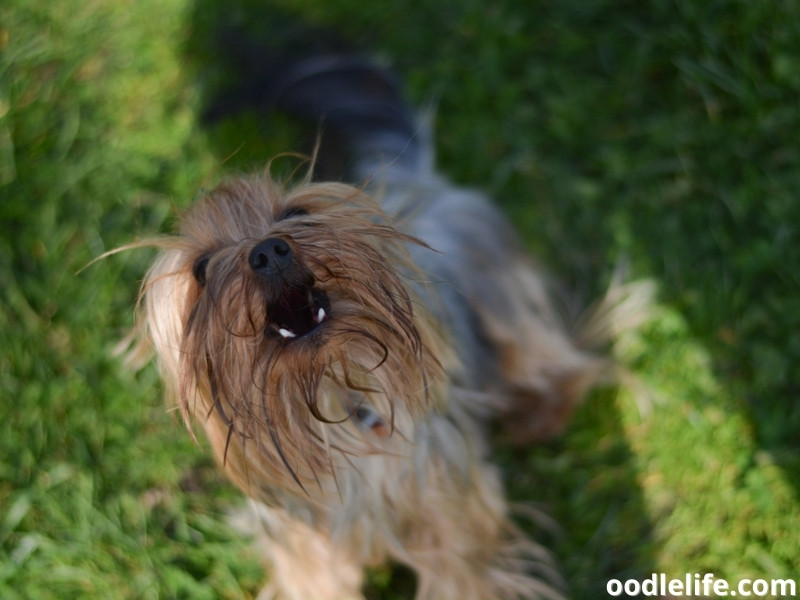
The most important thing to remember is that figuring out how to change your dog’s behavior requires first identifying the root cause of the problem. The most common types of canine aggressive behavior are:
Territorial Aggression – It occurs when a dog protects its territory or your home from someone or anything the dog perceives to be a threat.
Protective Aggression – A dog shows protective aggression when it defends its human pack members or any other animal it thinks of as part of its pack.
Possessive Aggression – It is referred to a behavior when a dog guards its food, chew toys, bones, or other items that it finds valuable. This practice is also known as resource guarding.
Maternal Aggression – The behavior known as maternal aggression is extremely common in female dogs. This behavior is most prominently seen in female dogs when they are either pregnant or caring for their new litter of puppies.
Defensive Aggression – Defensive aggression occurs when a dog attacks to defend someone or something, rather than attempting to flee first. Before actually biting, these dogs have typically provided other more subtle indicators that they wish to be left alone, such as moving their heads away from the person.
Predatory Aggression – Dogs only display this form of hostility toward other animals, particularly when they feel threatened, and it is known as predatory aggression.
Frustration-elicited – Aggression brought on by frustration occurs when the dog is restrained, such as when it is on a leash or when it is confined within a fenced yard. The dog can act out when it is excited but doesn’t know what to do about it.
Small Dog Syndrome
One frequent argument about small dog aggression is that these canines are conscious of their small stature and are reacting in fear. The term “Small Dog Syndrome” refers to qualities that may be compensatory for small, such as:
- Attacking or biting at what is thought to be a threat.
- Growling at other people or canine companions.
- Gritting their teeth or growling angrily.
- Rigid and with their hackles raised.
- Displaying anger and agitation to the point where they “see red” and stop responding.
- Acting belligerently towards both people and other canine companions.

Why Are Small Dogs More Aggressive Than Large Dogs?
While all dogs have the propensity to be aggressive, why is it that small dogs seem to be more aggressive than larger ones?
1. Poor Dog Ownership
Owners of small dogs often spend less time training their dogs and stimulating their dogs’ brains than owners of larger dogs do. Owners of large dogs will often take action when their dogs behave aggressively toward their pets in any other way, such as barking, jumping, or generally acting out.
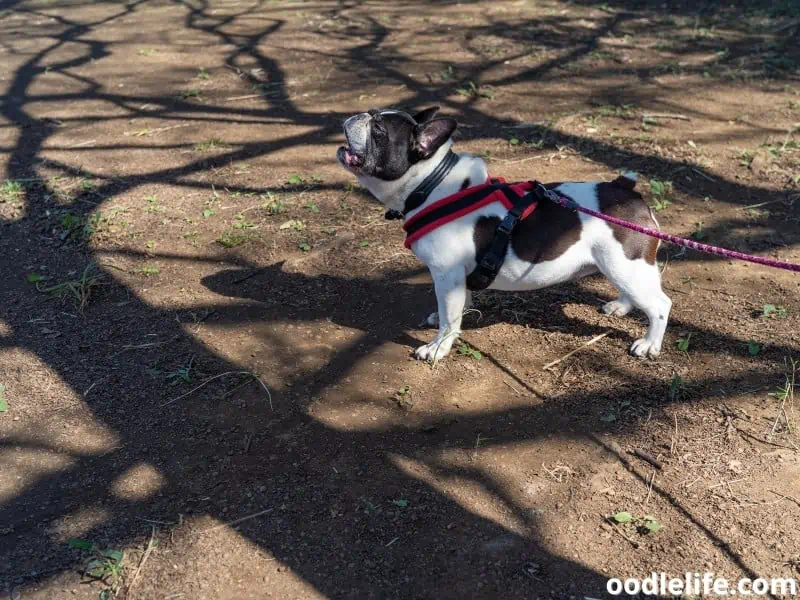
They are required to do so because a large dog is capable of causing significant harm to both other dogs and people. People feel threatened and scared when they witness a large dog behave in such a manner.
On the other hand, owners of tiny dogs, acting in the same manner, never do anything to correct the dog’s behavior or improve the situation.
In many cases, the owners of little dogs simply giggle nervously and offer their apologies, which encourages undesirable behavior rather than corrects it.
A yapping Chihuahua lunging at the end of the leash is significantly less intimidating than a Rottweiler doing the same.
2. Age
The risk of the dog acting aggressively increases with the dog’s age, and the danger is at its highest after the dog reaches the age of 10 years.

It stands to reason that this would have a greater detrimental effect on smaller dog breeds given the fact that the typical lifespan of a large-breed dog is just eight to twelve years.
When a dog becomes older, it may become irritable for a variety of reasons. The fact that many dogs are in poor condition and may be experiencing constant physical discomfort increases the likelihood that they may act erratically.
Others may have trouble seeing, making them more susceptible to being caught off guard. Even dogs can get Alzheimer’s disease, which can make a normally calm dog act in a way that makes no sense and is hard to predict.
3. Fearfulness
When you’re only 5 pounds, the world can seem like an overwhelming and dangerous place to a Chihuahua. Smaller dogs are prey to a significantly greater number of animals than larger dogs are, and the dangers they face can range from owls and mountain lions to, yep, larger dogs.
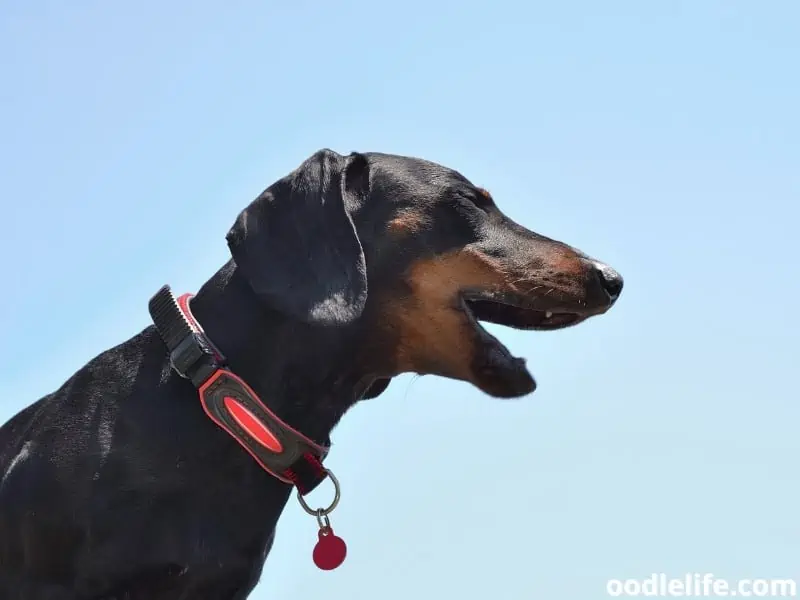
It is logical for them to maintain a state of constant vigilance. Simply put, they are faced with a greater number of potentially fatal circumstances than a Great Dane is, and as a result, they are likely to be warier of everyone and everything.
It is also more likely that an accident will injure a dog of a smaller size. They also have to be concerned about the people in their lives, because they run the risk of being hurt by those individuals, whether it be by being stepped on, dropped, or even just played with too roughly.
If you were always afraid of being crushed by giants, it’s not surprising that you’d have a bad attitude.
The best method to boost a dog’s confidence is to expose them to as many new people and situations as you can.
You should also use extreme caution when handling them and make sure that everyone in your family, especially the younger members, is aware that they should do the same.
Dealing With Small Dog Aggression
The good news is that aggressive behaviors linked with small dog syndrome have less to do with the size of the dog and more to do with how most owners handle small pets. The following is a list of ways in which you can help prevent behavioral problems in your tiny dog, as well as correct or manage those issues.
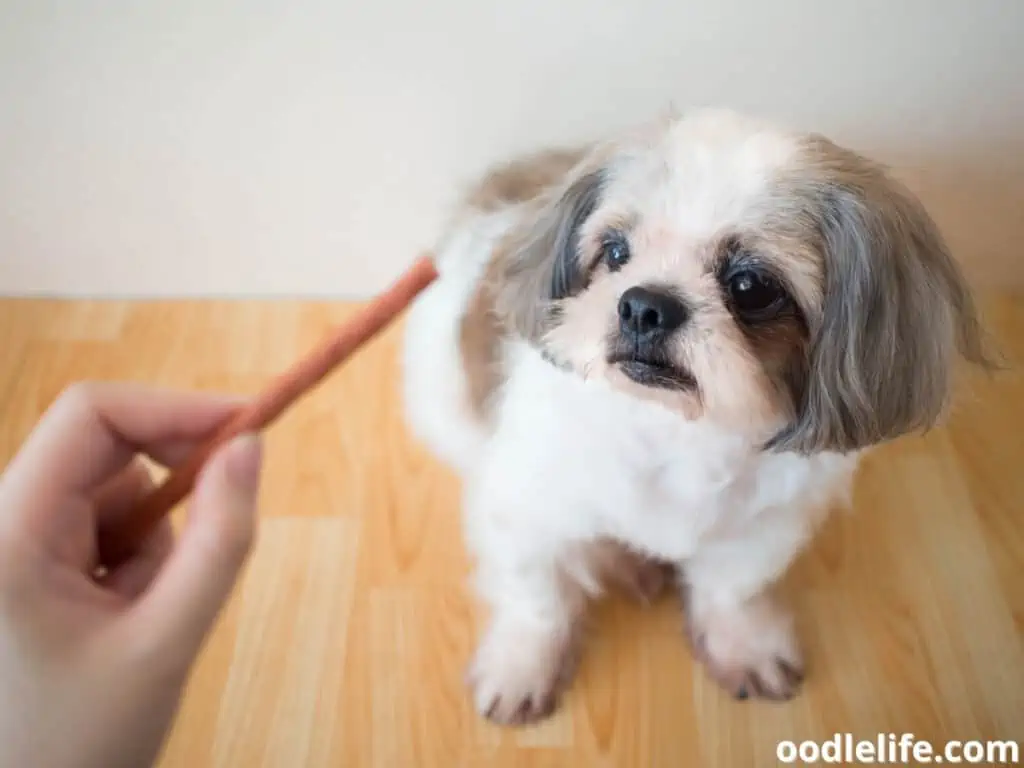
- Establish crystal-clear guidelines for your pet to follow and be sure to follow them. Make a list of guidelines and restrictions and make sure everyone in the family is on board with them.
- Either conduct some training sessions at home with your dog or enroll him in an obedience class. The key to success is consistency. If you think your pet has done a good job, you should praise them and give them some treats.
- Playing and getting daily exercise is necessary for small dogs because it helps them burn off excess energy and keeps their minds active.
- If you have a tiny dog that is hostile toward larger dogs, you might want to consider gradually exposing them to a nice large dog.
Socializing Your Small Dog
While all dogs need socialization, it is especially important for small breeds. Small breeds are more prone to anxiety and aggression, which can be exacerbated by a lack of socialization.
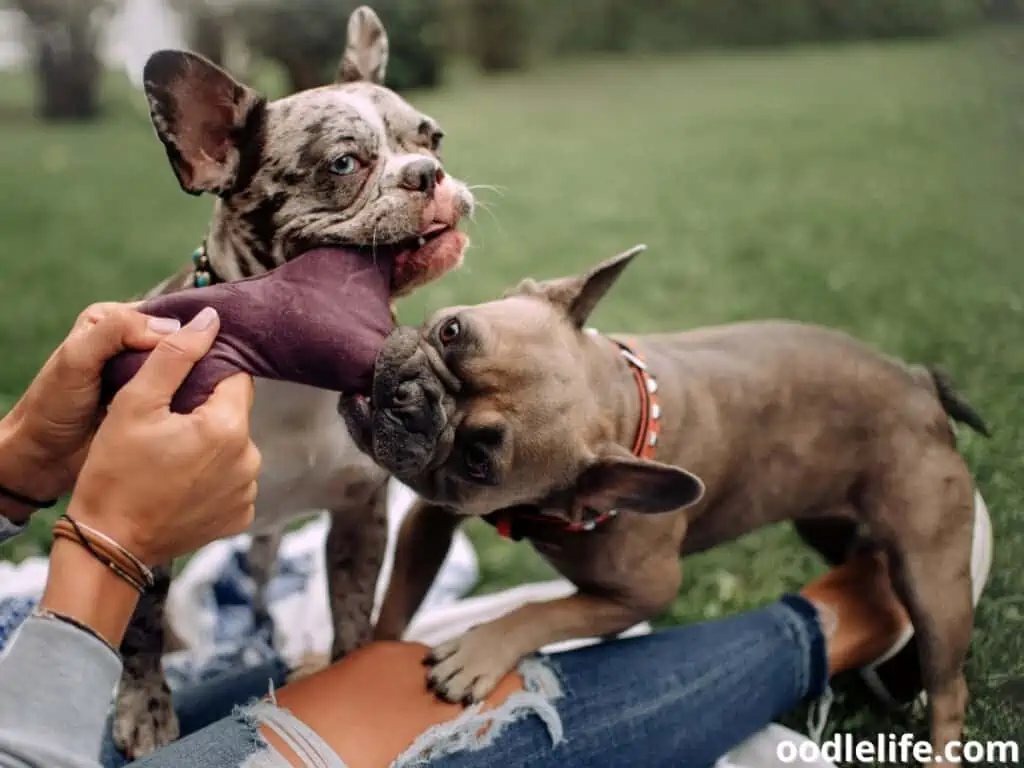
As a result, it is essential to introduce your small dog to a variety of people, places, and experiences. Start slowly and gradually increase the frequency and duration of your dog’s exposure to new environments.
It is also important to make sure that your dog has positive experiences during socialization sessions. Offer treats and praise frequently, and provide plenty of opportunities for your dog to explore and play.
With patience and consistency, you can socialize your small dog and help them become a confident and happy member of the family.
Final Thoughts
So, next time you’re faced with a small dog that looks like it might attack, remember that its size doesn’t necessarily reflect its personality. And, if you find yourself on the receiving end of an aggressive small dog, try to stay calm and avoid making any sudden movements – this may help diffuse the situation.